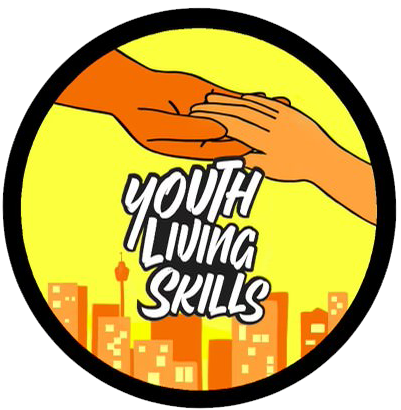Occupational therapy (OT) can help children with learning disabilities to improve their performance at school and learn more easily. OT is an allied health discipline that targets improving an individual’s independence to ensure they can engage in their chosen “occupation” or everyday tasks/activities, and with their community, as they desire. An occupational therapist can help children who have problems with attention or concentration, difficulties recalling spelling and writing letters or numbers correctly. Often, these problems are indicative of critical issues with visual perception, motor problems, or attention difficulties.
What is a learning disability?
Some research exists stating that approximately 1 in 10 people may have a learning disability. A learning disability may be caused by a variety of deficits that can affect an individual’s speech, listening ability, reading, writing or maths skills. Broadly, it can be characterized as a deficit in the person’s performance and what is expected of them, and can be found in people with a wide range of intelligence levels.
What are the signs of a learning disability?
The following are common examples of how a parent might recognise that their child has a learning disability:
- Often cannot focus on one activity at a time and is easily distracted or jumps from one task to another
- Often becomes disoriented when copying, reading or writing
- Poor recollection of sight words
- Unusual punctuation
- Poor spelling or difficulty organising letters in proper sequence
- Formulates sentences with wrongly ordered words
- Reverses written letters
- General messy or poor handwriting (e.g. irregular size, sloppy spaces between letters/words)
- Appears clumsy in his/her movements, often walking into objects
How OT helps children with learning disabilities
A child with a diagnosis of a learning disability can work with an OT who explores the intrinsic problems causing the difficulties, such as visual perceptual issues, attention problems or motor skills deficits. The OT aims to improve the child’s participation in both the home and school environment. Some familiar strategies an OT uses to work with the child include:
- Working with teachers and parents/family members to better support the child. The OT will make appropriate changes to the physical environment (in the classroom and/or at home) that may better promote participation from the child. This can be done by not only amending the physical environment (e.g. adding equipment that may help the child), but also how the child’s routine is structured, e.g. the child may improve their engagement if they have small, regular breaks throughout the day.
- Cognitive behavioural therapies to teach the child self-regulation, to help with attention and alertness.
- Sensory assessments and tools to help improve printing/handwriting skills. OTs will often use resources and materials suitable for the child’s development and a range of learning approaches.
- OTs will often streamline tasks to make them easier for the child to manage
- Memory prompts or aids to help mentally prepare the child, including visual cues
- Develop improved time management strategies

